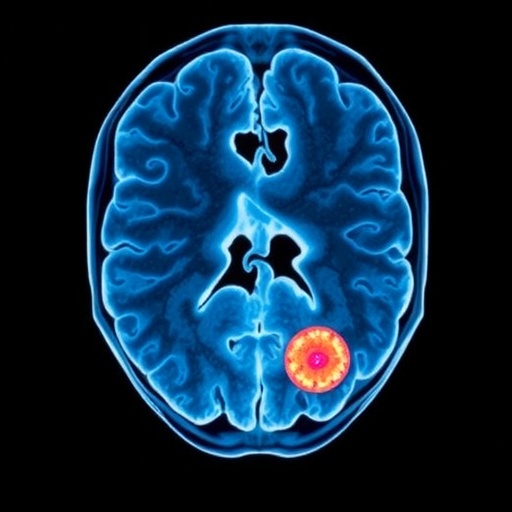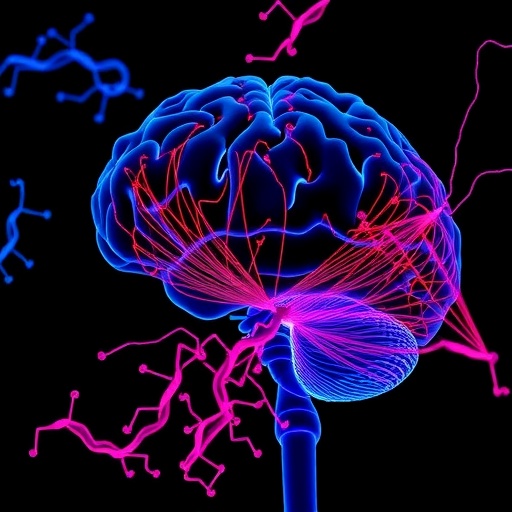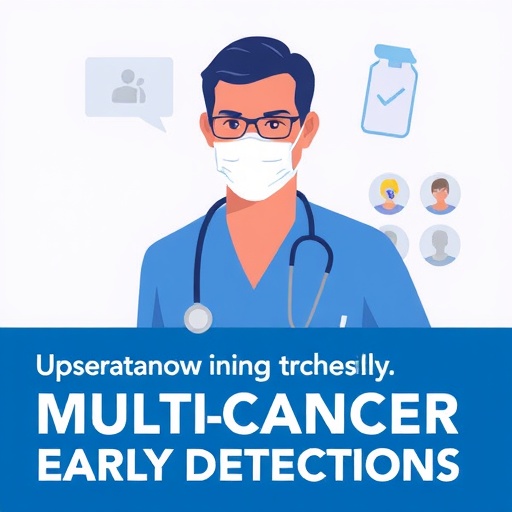Recent advancements in medical technology have heralded a new era in the early detection of prostate cancer, a condition that significantly impacts men around the globe. In the pursuit of optimized diagnostic methodologies, a team of researchers led by Stojadinović and Jurišević has explored the complexities of feature engineering to enhance predictive models for clinically significant prostate cancer. Their research, published in the Journal of Medical and Biological Engineering, presents a comprehensive study aimed at improving the accuracy of cancer predictions, which could ultimately lead to better patient outcomes.
The importance of early detection in prostate cancer cannot be overstated. Prostate cancer is the second most common cancer among men, making early intervention critical for survival rates. Traditional methods for diagnosing prostate cancer, such as the Prostate-Specific Antigen (PSA) test, often yield ambiguous results. These methods can lead to unnecessary anxiety and invasive procedures such as biopsies, which might not even be required. In light of this, the proposed feature engineering techniques could revolutionize the precision of medical assessments in this area.
Feature engineering involves customizing the input features utilized in predictive models to enhance their predictive capabilities. By selecting the most relevant attributes from vast data sets, researchers can significantly improve the model’s accuracy. Stojadinović and his team focused on developing a robust framework that examines various biological, clinical, and molecular data points to accurately discern patterns indicative of clinically significant prostate cancer.
One of the groundbreaking aspects of this study is the integration of machine learning algorithms with traditional clinical data. The researchers utilized an array of machine learning techniques, including decision trees and support vector machines, to analyze diverse datasets encompassing medical history, imaging results, and genetic information. Machine learning is an invaluable tool in identifying correlations that would be obscured to human analysts. By leveraging these advanced computational techniques, the researchers could identify subtle patterns that correlate with cancer progression and severity.
The team’s approach also prioritized inclusivity in data selection. By analyzing data from diverse populations, the model aims to improve its accuracy across demographic lines. This is particularly important in oncology, as genetic predisposition to diseases like prostate cancer can vary significantly between different ethnic groups. By embracing diversity in data, the researchers hope to create a model that is not only powerful but also equitable.
Another significant element of this study is its exploration of algorithmic transparency. While machine learning can produce remarkable predictive powers, it is essential that these models are interpretable to medical professionals. Stojadinović and his collaborators sought to create models that not only generate predictions but also provide insights into how and why certain decisions are made. This transparency is crucial for doctors who rely on these algorithms to make informed clinical decisions and for patients who expect clarity and understanding when confronted with a cancer diagnosis.
In addition to the technical aspects, the researchers also underscored the importance of validation. They conducted extensive testing to ensure that their predicted outcomes held up across different patient cohorts. This rigorous validation process is vital to establishing the credibility of any new diagnostic tool. The researchers utilized cross-validation techniques and external validation on independent datasets to corroborate their findings, ensuring that their results were not merely artifacts of the training data.
Moreover, the implications of this research extend beyond just prostate cancer. The methodologies and frameworks introduced by the team have the potential to be adapted for other types of cancer and medical conditions. The predictive modeling techniques honed in this study could serve as templates for future research aimed at improving diagnostics across various fields in medicine. By sharing their insights with the broader scientific community, the researchers hope to inspire further innovation and collaboration in the fight against cancer.
Healthcare systems around the world are increasingly looking for ways to harness technology to improve patient care. The approach taken by Stojadinović and Jurišević reflects a broader trend in medicine towards data-driven decision-making. The ability to synthesize massive amounts of information from various sources into actionable insights represents a paradigm shift in how healthcare providers can address complex medical challenges.
As the medical community anticipates the publication of this research, the potential for implementation in clinical settings raises expectations. If successfully adopted, these enhanced predictive models could lead to personalized treatment plans that take into account an individual’s specific risk factors, overall health, and preferences. Such advancements would furnish oncologists with powerful tools to guide treatment strategies and monitor disease progression effectively.
Engagement with patients and the incorporation of shared decision-making principles are also crucial in the context of cancer care. As these advanced predictive models emerge, it will be essential for healthcare providers to communicate results effectively and engage patients in discussions about their care options. Education and awareness around the implications of using predictive modeling in cancer diagnostics will empower patients to take an active role in their health management.
Looking ahead, the collaboration between computer scientists, oncologists, and data specialists will undoubtedly drive innovation in cancer research. As methodologies evolve, the fusion of disparate fields could yield breakthroughs not only in cancer detection but also in treatment and management strategies. This study represents a vital step towards a future where technology and medicine converge to overcome one of the most pressing health challenges facing society today.
In summary, the research conducted by Stojadinović, Jurišević, and their colleagues marks a pivotal advancement in the application of feature engineering to prostate cancer prediction. Their work illustrates the immense potential for technology to transform healthcare, providing hope for improved patient outcomes and a deeper understanding of this prevalent disease. The ongoing exploration of machine learning in medical environments signifies a commitment to enhancing human health through precision and personalization, laying the groundwork for future investigations into predictive modeling across various medical landscapes.
Subject of Research: Prostate Cancer Prediction through Feature Engineering
Article Title: Enhancing the Prediction of Clinically Significant Prostate Cancer Through Feature Engineering
Article References:
Stojadinović, M., Jurišević, N., Stojadinović, M. et al. Enhancing the Prediction of Clinically Significant Prostate Cancer Through Feature Engineering.
J. Med. Biol. Eng. (2025). https://doi.org/10.1007/s40846-025-00998-5
Image Credits: AI Generated
DOI: https://doi.org/10.1007/s40846-025-00998-5
Keywords: Prostate cancer, feature engineering, predictive modeling, machine learning, early detection, data-driven decision making.
Tags: advancements in medical technology for cancerenhancing patient outcomes in prostate cancerfeature engineering in cancer predictionsimpact of prostate cancer on men’s healthimproving accuracy of cancer predictive modelsJournal of Medical and Biological Engineering studyoptimizing diagnostic methodologies for prostate cancerprostate cancer early detection methodsrelevance of data attributes in predictive modelingsignificance of early intervention in prostate cancerStojadinović and Jurišević research findingstraditional prostate cancer diagnosis limitations





